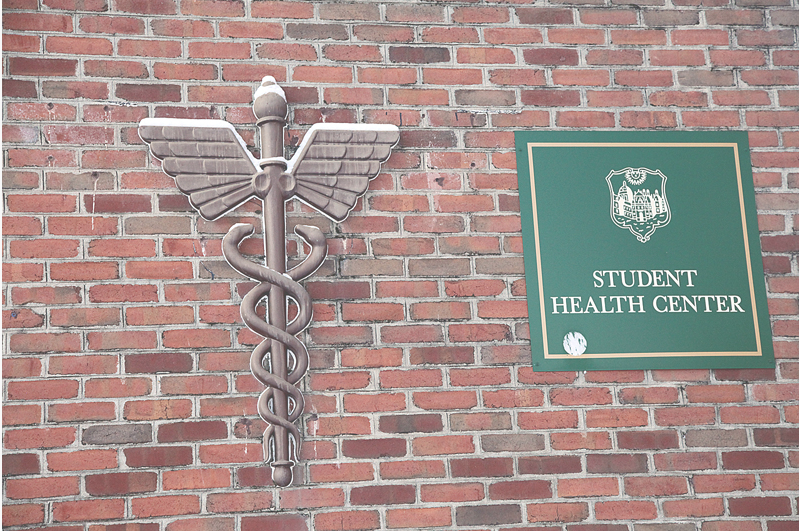The College of William and Mary provides full-time health care access at the Student Health Center. All students, both in-state and out-of-state, pay a $268 health fee as a part of the fees for Auxiliary Services; however, this fee does not fully cover the cost of the Health Center’s services. Because of this, some students find the Health Center expensive or ineffective.
The Health Center requires a copay for all visits, in addition to fees for medical tests and outsourced services, such as x-rays.
“While there is some goodwill there, I am usually run through several tests that seem unnecessary, and because they don’t take my insurance, it can get costly,” Rhys Tucker ’14 said. “It makes me wonder if those tests are really necessary or if it’s just a way to beef up the bill.”
The Health Center is the only place students at the College can get healthcare on campus.
“Students get upset when they have to get a strep test or a mono test and it’s expensive,” Student Health Center Director Virginia Wells M.D. said. “If we could bill insurance we would, but we don’t work with hundreds of healthcare providers.”
Each day the Health Center sees about 120 students. About one-third of those patients have chronic illnesses, about one-third represent acute illnesses and procedures, and the remaining one-third stop by for ongoing health needs.
“We live in such close quarters that if one person gets sick, a million people get sick,” Liz Hernandez ’15 said. “Most people just go to the [Student] Health Center for that general sickness kind of stuff. I’ve learned my lesson. … Now, I don’t go there when I get sick.”
Although the Health Center does not require health insurance to provide services to students, insurance coverage is a condition of enrollment for all full-time graduate and undergraduate students.
The Student Injury and Sickness Insurance Plan, written by United HealthCare Insurance Company, has an annual student premium of $1,541. Unless a student proves that he or she has other health insurance, he or she is automatically enrolled in the College’s healthcare plan.
“It’s almost like socialized medical care over here,” Wells said. “We are still the cheapest place in town. I think that students want to come in and pay nothing, but we can’t do that. We are just covering our costs.”
She added that these policies are also prevalent at other universities.
“Every school requires that its students have some kind of healthcare coverage so, in the event of in emergency, they can be cared for,” Wells said. “It’s not a matter of liability, it’s a matter of coverage.”
About 1,665 students use the College’s Student Injury and Sickness Insurance Plan. Student Insurance Coordinator Trista Sykes said the number historically ranges between 15 and 20 percent of the student population.
“We definitely have students evaluate the Student Insurance Plan and select it because it’s a good value. Then we have some students who choose it because it’s offered and they don’t have insurance,” Sykes said. “It is a group health insurance plan, so students cannot be denied enrollment.”
When Megan Costello ’15 thought she had mononucleosis last year, she immediately went to the Health Center. Several hours and medical tests later, she left with no concrete answers or help.
“After doing all this blood work, they told me there was nothing they could do,” Costello said. “The tests cost $60 and the visit cost $15. I’m better off going to the emergency room off campus.”

